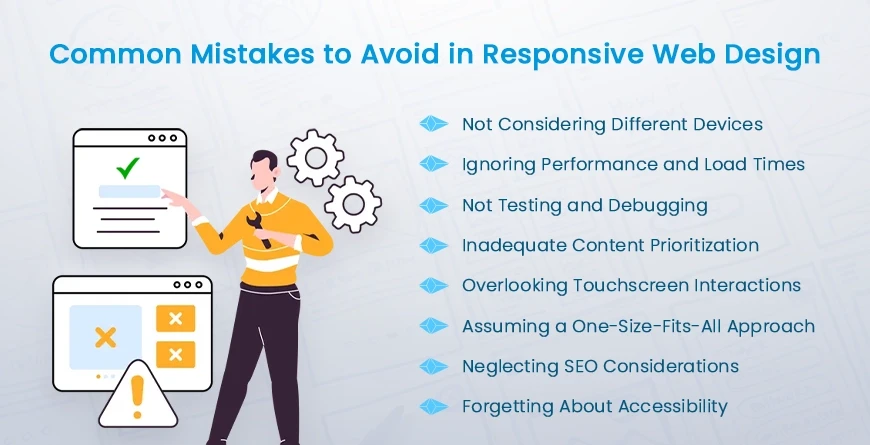Responsive design is the key to creating a seamless user experience across different devices, from smartphones to tablets to desktops. However, many designers and developers fall into common pitfalls that can hinder the effectiveness of their responsive design. In this article, we will discuss some of these pitfalls and provide tips on how to avoid them.
1. Not Prioritizing Mobile Design
One of the biggest mistakes designers make is not prioritizing mobile design. With more and more users accessing websites on their smartphones, it is essential to create a responsive design that looks and functions well on mobile devices. To avoid this pitfall, start your design process by focusing on the mobile version of your website. This will ensure that your design is optimized for smaller screens and touch interactions.
2. Overloading the Website with Content
Another common pitfall is overloading the website with content. While it may be tempting to include all of your information on every page, this can lead to cluttered and confusing designs, especially on smaller screens. To avoid this pitfall, prioritize your content and only include what is essential for the user experience. Use tools like collapsible menus and accordions to hide less important content and keep your design clean and organized.
3. Ignoring Performance Optimization
Performance optimization is crucial for responsive design, as slow loading times can drive users away. Many designers overlook this aspect of their design, leading to poor performance on mobile devices. To avoid this pitfall, optimize your images and code for faster loading times. Compress images, minify CSS and JavaScript files, and use browser caching to improve your website’s performance across all devices.
4. Neglecting User Testing
User testing is essential for identifying issues with your responsive design. Many designers skip this step, assuming that their design will work well on all devices. However, users may encounter unexpected problems with navigation, layout, or functionality. To avoid this pitfall, conduct thorough user testing on a variety of devices and screen sizes. Gather feedback from real users to identify and address any issues before launching your website.
5. Forgetting about Accessibility
Accessibility is often overlooked in responsive design, but it is crucial for ensuring that all users can access and use your website. Neglecting accessibility features can exclude users with disabilities and impairments, leading to a poor user experience. To avoid this pitfall, consider implementing accessibility features such as alt text for images, keyboard navigation, and color contrast adjustments. Design with accessibility in mind to create a more inclusive and user-friendly experience for all users.
In conclusion, responsive design is a powerful tool for creating a seamless user experience across devices, but it can be fraught with pitfalls if not implemented correctly. By prioritizing mobile design, avoiding content overload, optimizing performance, conducting user testing, and focusing on accessibility, you can create a responsive design that delights users and drives engagement. Avoid these common pitfalls to create a responsive design that is both effective and user-friendly.
